Sheep and people have a long history of coexisting. Sheep have provided benefits to humans since the early human race.
Human and wool history can be traced back thousands of years to the dawn of human settlement. Everything from hunting to domestication for food and clothing, humans have relied on sheep
But what about the sheep, though?
Needless to say, humans rely on sheep mostly for their wool. We have used wool primarily in clothing. However, there are many misconceptions about sheep shearing. There are lots of myths stating that wool shearing sheep is cruel. But is it?
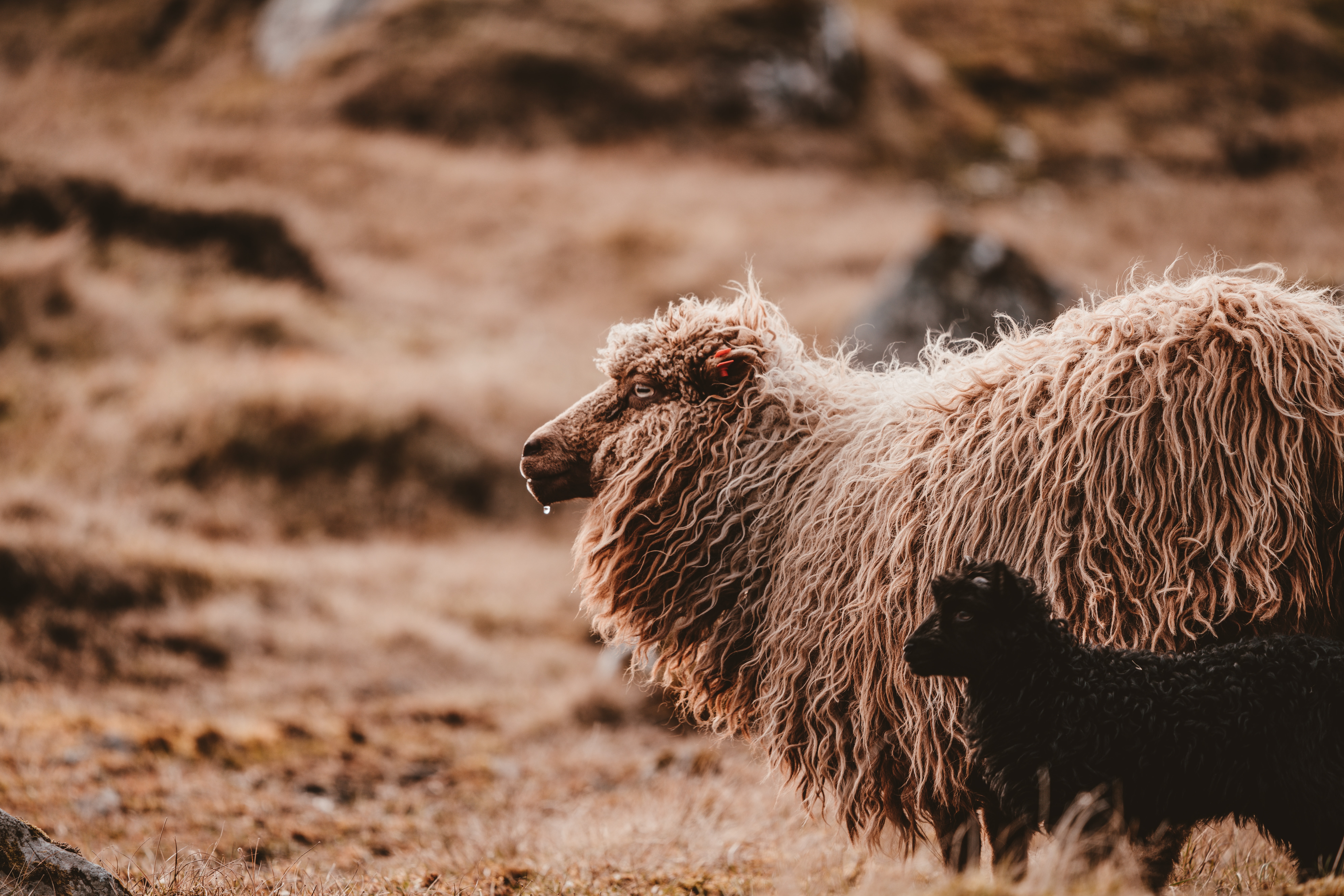
It would actually be cruel not to shear the sheep. Do you have any idea why? Well, in this blog, we'll go through the benefits of wool shearing and explain why is it crucial to shear wool.
What is Sheep Shearing?
Sheep shearing is essentially the process of trimming hair/wool off of the sheep. It's like giving the sheep a haircut. Sheep, unlike other animals, do not shed their wool naturally. This leads to the immense growth of the wool thus making shearing important.
In the early years, shearing was not required for the sheep. With constant evolution from time to time and cross-breeding of sheep for wool by people, some sheep species available now are not able to shed themselves. Thus, shearing is important for domesticated sheep.
Some sheep breeds produce hair rather than wool and shed it automatically. Even wild sheep breed available now rub their wool against trees to shed it.
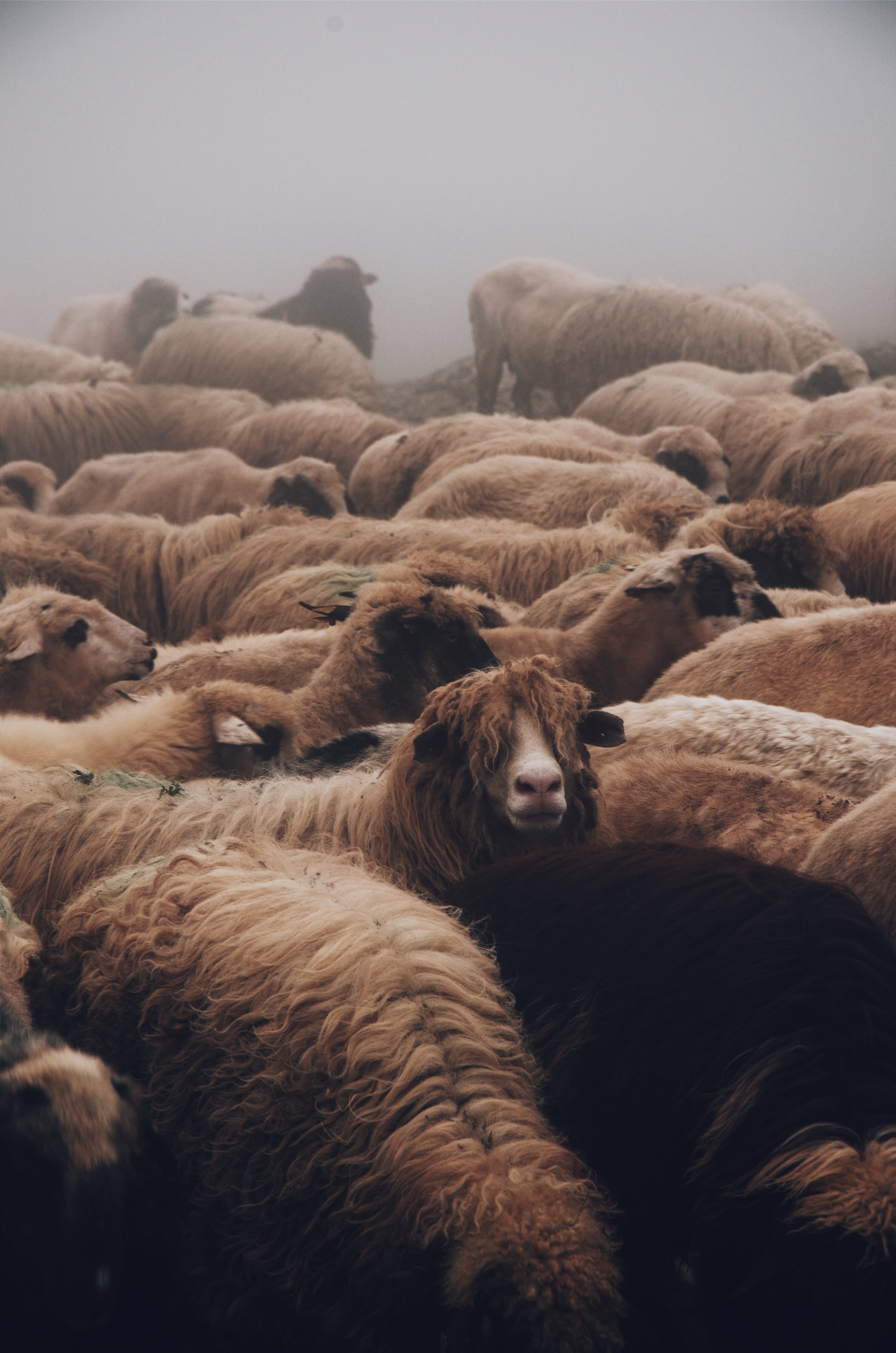
Shearing is done once a year to get rid of a heavy coat of wool. Shearing sheep after the winter season, in the middle or late spring, is also recommended. And it is advised to shear sheep after the winter season during mid or late spring so as to keep sheep cool during summer.
Shearing does not hurt sheep. And while shearing is not necessarily an enjoyable process, it is necessary to shear sheep to maintain their health and hygiene.
Sheep shearing activity takes place in shearing sheds to boost the efficiency of shearing. The Shearing process does not require a lot of equipment. Shearers shear sheep with a sheep shearing machine or a set of sheep shears or clippers.
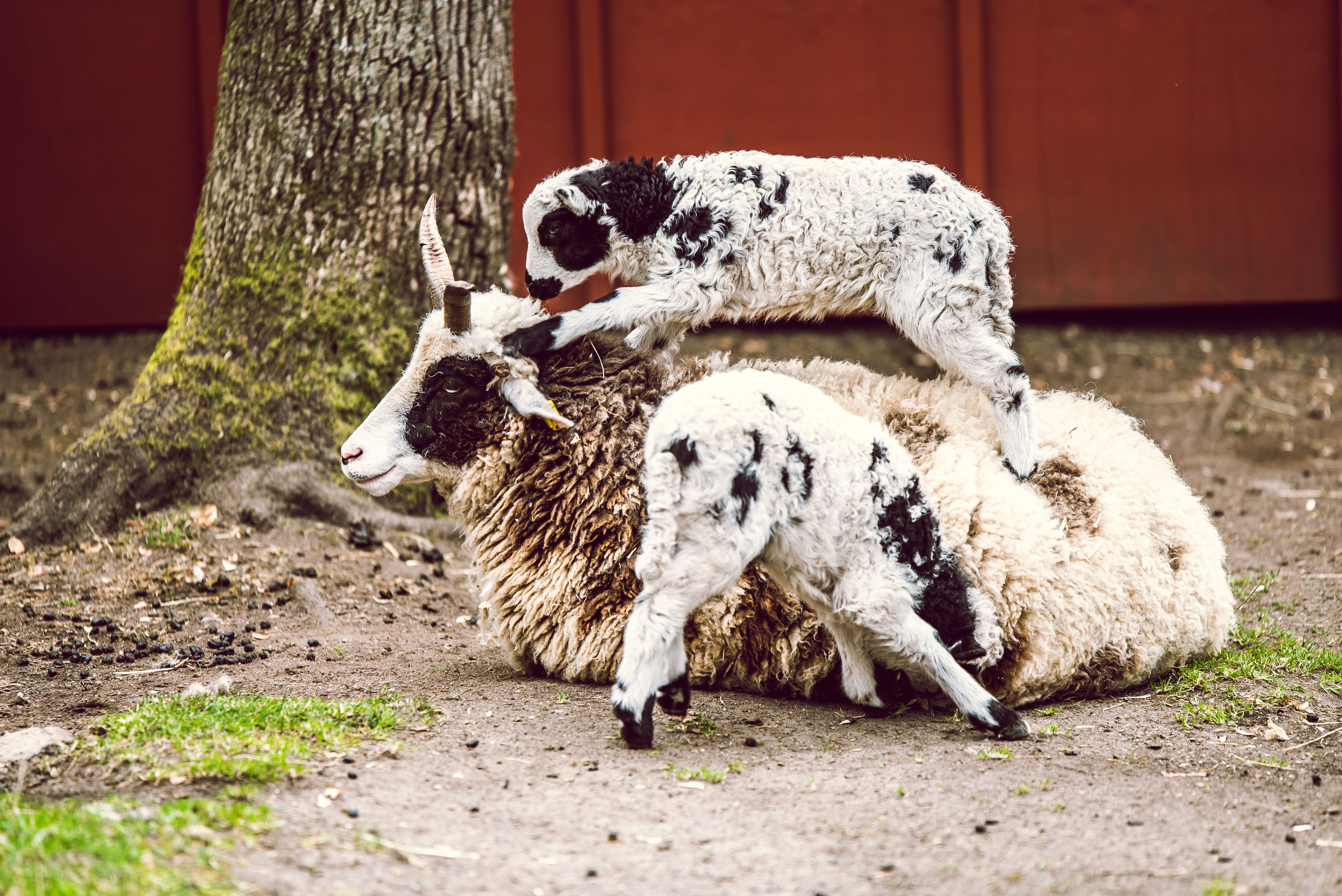
Why Is Shearing Sheep Important?
Shearing, as previously stated, helps in the health and hygiene of sheep, but what are those benefits? What are the advantages of shearing sheep?
Shearing does not injure or hurt a sheep in the same way that it does not harm or hurt humans when they cut their hair. The top layer of sheepskin is removed by shearing which is usually dead. Shearing sheep must be done on a regular basis in order to maintain sheep's hygiene. Sheep suffer from a variety of difficulties if they are not shorn for an extended length of time.
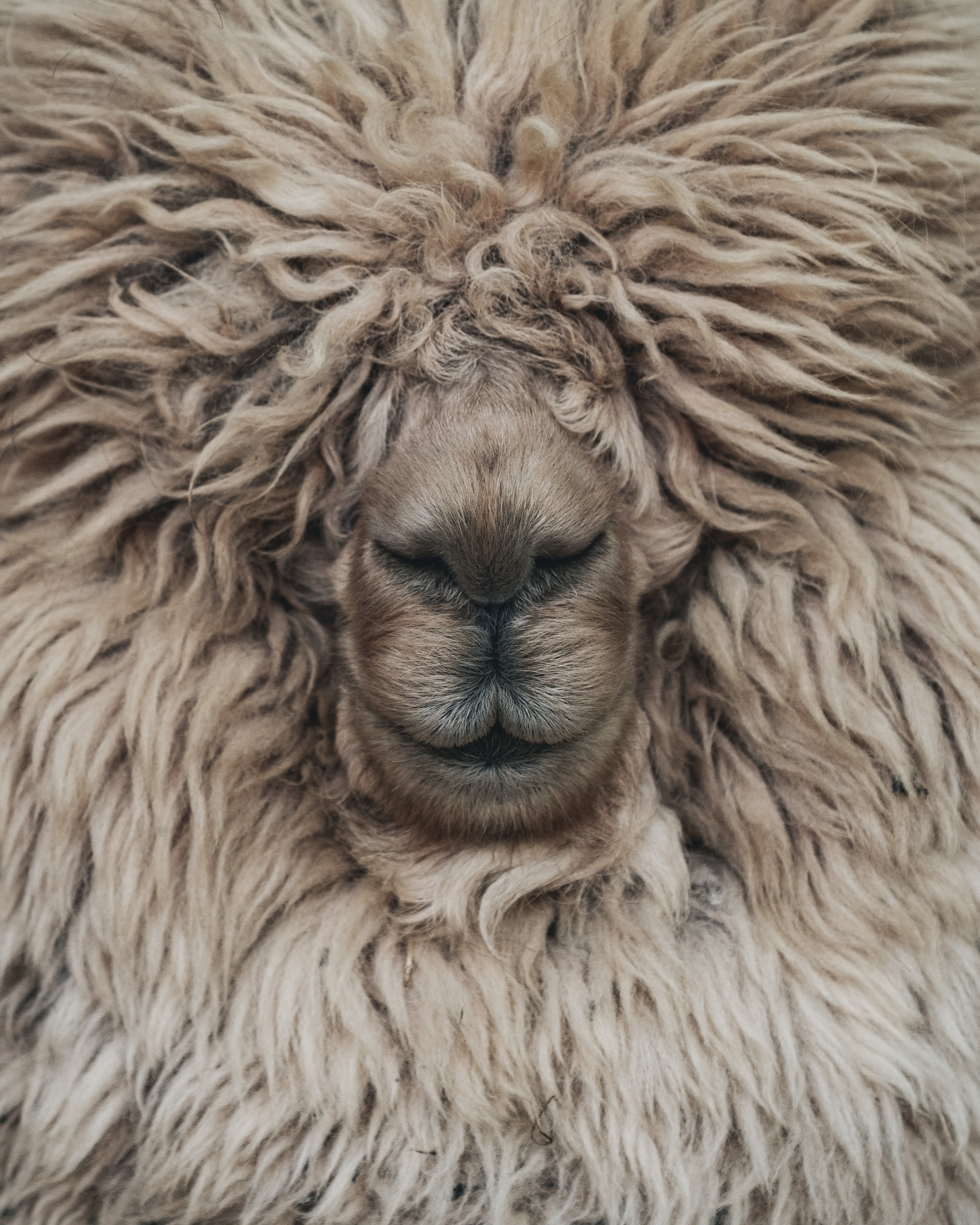
The huge volume of wool in sheep's bodies creates various risks to their health. Excess wool might cause an imbalance in the sheep's body temperature. During the summer, it might result in overheating, and discomfort for the sheep, and can even lead to death.
Excess wool can also hamper the mobility of the sheep. Wool's weight can make it difficult for sheep to walk and impair their visibility. Furthermore, feces and urine can get trapped in wool, attracting pests, flies, and maggots to the sheep's bodies.
We all know about the famous “Baarack Sheep” which was found in woods in Australia with more than 75 pounds or around 35 kilos of fleece. Also, another sheep named “Chris” whose wool had grown four to five times and weighed around 89 pounds was found in 2015. When people found them, they could even barely walk.
So, now we know sheep shearing provides protection and prevention to the sheep, preventing them from various diseases and conditions. But, how is shearing done?
How Is Sheep Sheared?
Sheep shearing requires much attention. It is a meticulous job and requires a certain process so as to shore the sheep perfectly without harm. So, how are the sheeps sheared perfectly?
- Sheep need to be laid on their back and their legs should be off the floor. The head of the sheep must be rested over the knees of the shearer.
- The wool from the back leg to the tail of the sheep is removed first and then followed by shearing on the middle of the belly part.
- Shearing stroke is done from top to bottom pushing wool away from the shearer. Sheep are rolled slowly on the side while shearing from side and back.
- Shearing is done in continuous motion and repeatedly starting from the back leg and moving towards the neck, head, and ear part from the stomach or chest part.
- Shearer shear the wool being diligent and careful so as to remove the wool but also keep the wool in one place and connected.
This process requires much attention to detail and only a professional shearer can shear the sheep perfectly without harming the animal.
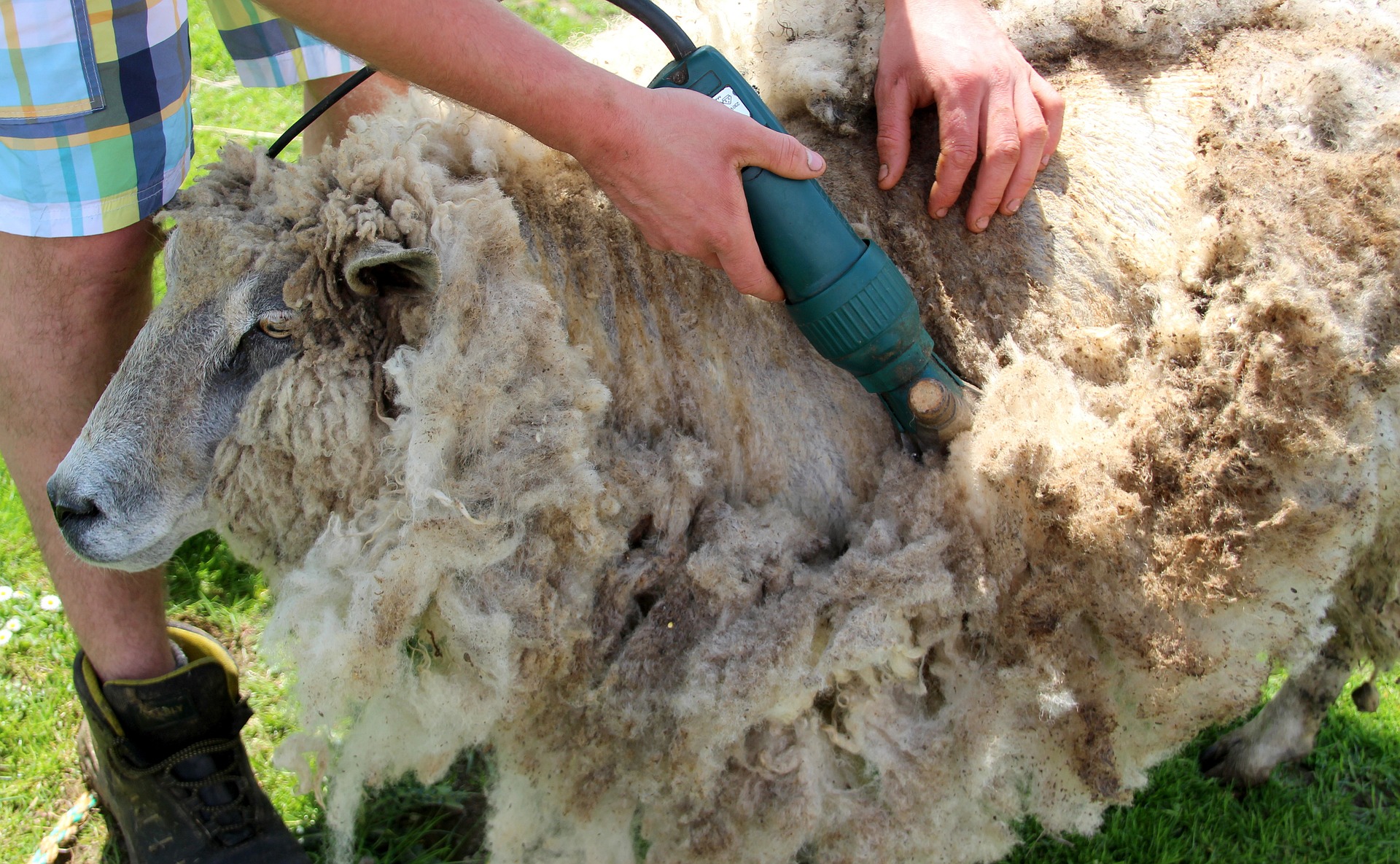
Things To Remember While Shearing
- The most important thing to do is to deal with sheep with care.
- It is also important to be familiar with the sheep and it is a must to calm them before shearing.
- The next thing to do is to practice and maintain cleanliness while shearing. The shearing equipment should be appropriately cleaned prior to use. And when the sheep have been shorn the sheep shears and other equipment should be disinfected properly.
- It is advisable not to feed the sheep on the day of shearing for at least 8 hours prior to shearing. If by any chance sheep has a full stomach, gas might build up in its stomach, and it might reach the sheep's lungs while shearing resulting in suffocation.
- Also, the shearing location must be perfect. The shed should protect sheep from excessive heat and moisture.
Now that we all know that sheep are shorn with sheep-shearing machines or sheep-shearing combs. In old times, shearers would use sharp knives and tools to shear the wool. With the change of time, automatic sheep shearers and electric sheep shearers have been common tools to shear sheep.
There have been instances where shearing has been represented badly. There are some myths represented about sheep shearing. You can know about other myths in our previous blog '7 Felt Myths That You Think Is True But Are They?'.
Are Our Products Made Cruelty-Free?
When Felt and Yarn mention ‘we source 100% wool sustainably’, what we mean by that is we source natural wool from authorized suppliers from New Zealand. They use best shearing practices using that we can confirm are cruelty-free.
We are proudly partnered with local family farms in New Zealand. They source wool ethically and treat their sheep humanely. With facilities designed to protect both the sheep as well as the shearer, the wool shearing process is clean and healthy.
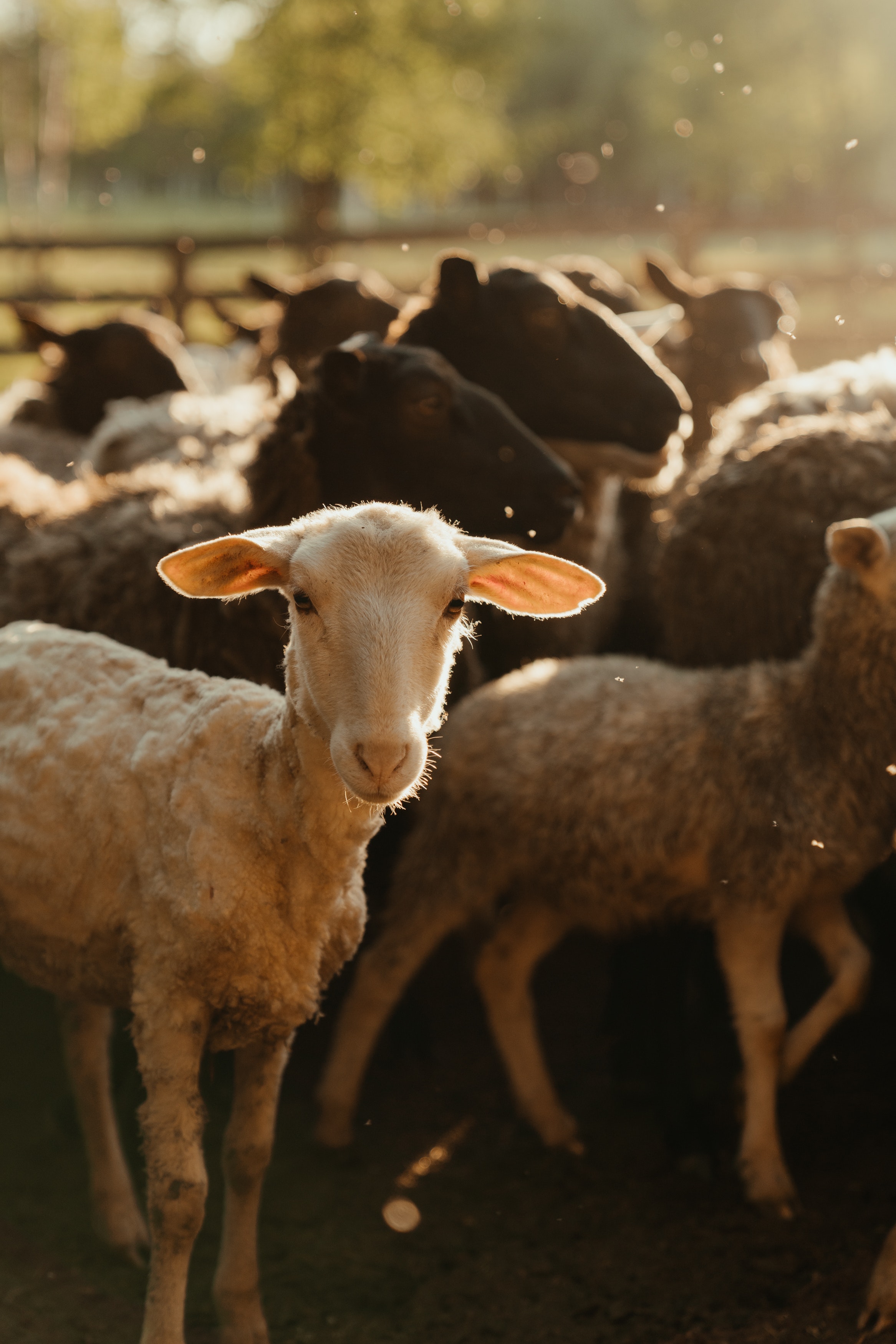
The shearing crew is also skilled and professional and can handle sheep calmly and professionally. To ensure control and comfort of the sheep, proper shearing style positions of the sheep are maintained and they shear with hand to minimize the harm.
To ensure responsible shearing, these local farms have standard maintenance for the pre, during as well as post shearing processes. They also have procedures to shear female and feeder sheep so as to give more attention to such sheep.
The shearing process is also done in the shearing season which is basically after winter and just before the summer season. The shearing equipment is also sanitized before and after shearing to maintain hygiene.
The sheep are hand-sheared to minimize the harm and the wools are later dyed using azo-free dyes that make the products organic and chemical-free.
With core values maintained around quality products and environmental sustainability, we, at Felt and Yarn, only focus on getting ethically sourced wool to make the felted products.
Shearing is one of the most important practices for sheep. Against all misconceptions about shearing being harmful, shearing helps positively toward them. Also, it is important to have competence, training, and necessary education for safe sheep shearing procedures.
So, shearing is very important for the sheep to keep them away from various problems like skin diseases, discomforting body temperatures, etc. Every sheep breeder has a goal to have healthy and well-cared sheep so as to make wools that they can sell.
Comment below if you find sheep shearing is not a problem or cruelty towards the sheep but rather a necessity.
